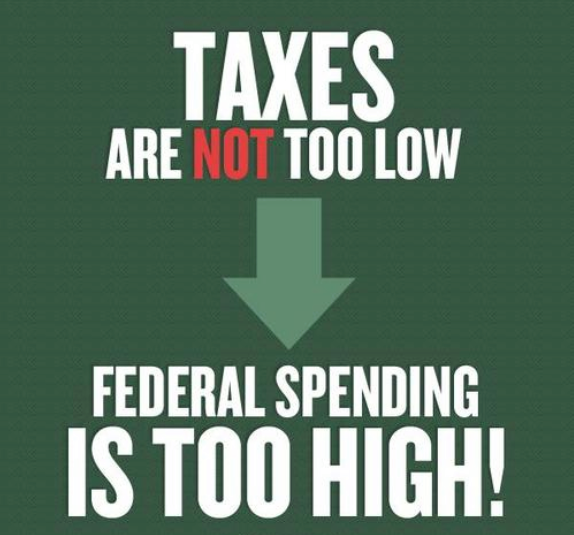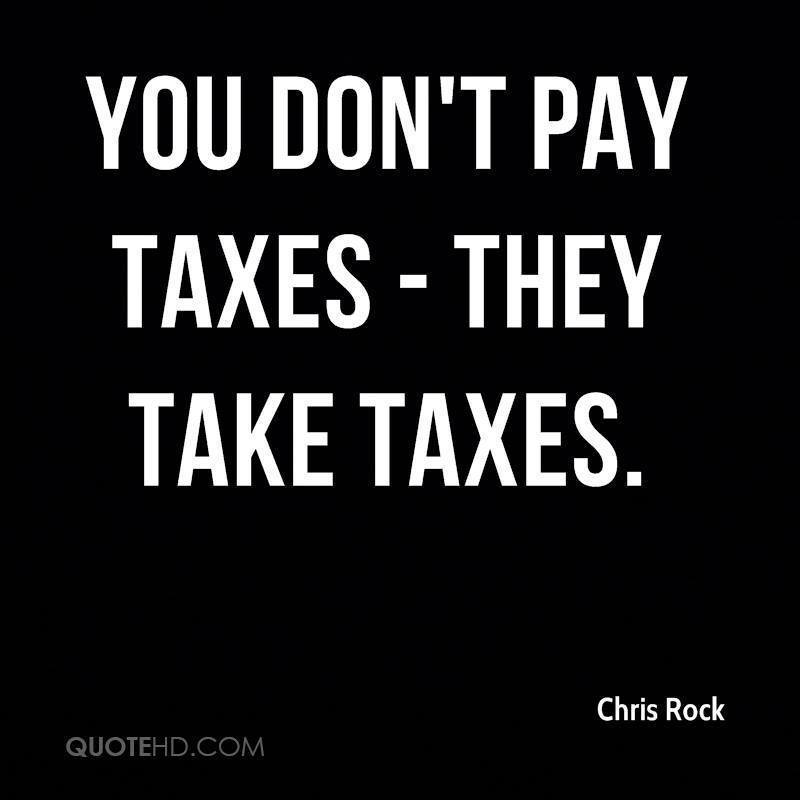Colorado roads debate still hanging with session ending
By THE ASSOCIATED PRESS • May 10, 2016
The Democrat-led House passed a complicated plan to direct more state revenue to transportation — as much as $700 million over the next five years. The Republican-led Senate passed a last-minute bill that could issue $3.5 billion in bonds to fund road construction.
Neither has been taken up by the opposite chamber, and truckers, commuters and chambers of commerce are frustrated with the standstill.
“We can ill afford to have this delayed any further,” said Greg Fulton, president of the Colorado Motor Carriers Association. Fulton estimates his association’s trucking members lose $1 million every day in the metropolitan area because of traffic delays and equipment repairs made necessary by poor roads.
Overall, the Colorado Department of Transportation says it needs $1 billion more every year to maintain and build roads to meet the needs of more than 7.3 million residents by 2040. It devotes most of its $1.4 billion budget to maintenance.
Voters haven’t increased the 22-cent-per-gallon state gasoline tax in more than 20 years. It and the federal gas tax provide more than half CDOT’s revenue.
Republicans favor bonding, not new taxes, to pay for critically needed road improvements. They note that Colorado’s last major highway improvements, including the Denver-area T-Rex project, were paid for by bonds. Their bill would ask voters to approve the new bonds.
Democratic House Speaker Dickey Lee Hullinghorst insists there’s not enough revenue to back new bonds, which would require up to $5.5 billion over 20 years. She wants to boost spending by removing a multimillion-dollar Medicaid fee from the Taxpayer’s Bill of Rights, known as TABOR.







DENVER (AP) — When Colorado lawmakers convened for this year’s legislative session, both parties declared the improvement of the state’s 1950s-designed road network a top priority. Four months later and facing a midnight Wednesday deadline to pass legislation, they’ve yet to deliver.